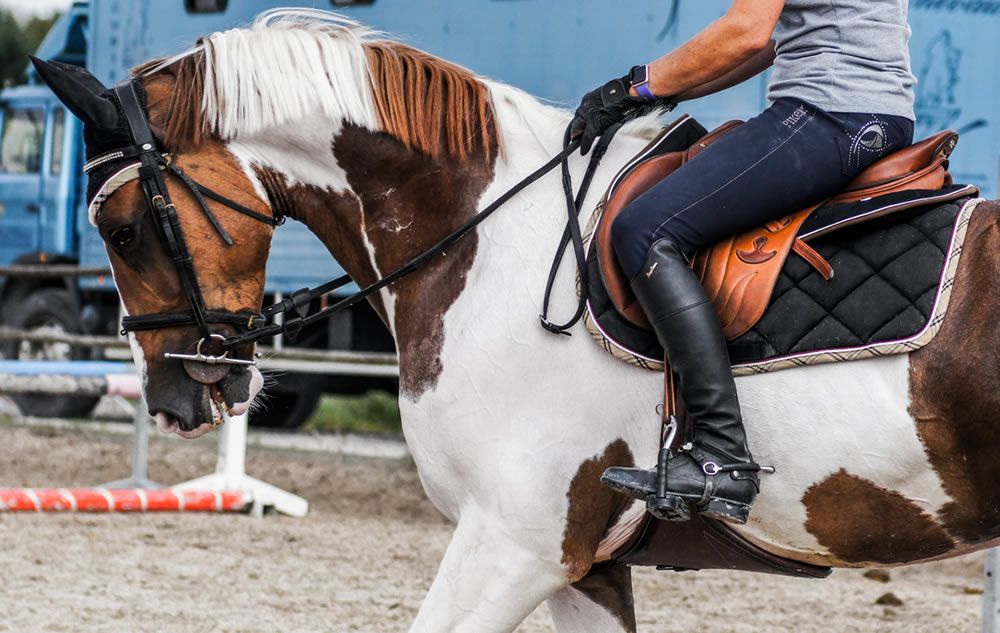What makes the horse’s back so special and how can we protect it?
We have a remarkable relationship with the horse. For the past 6000 years they have allowed us to ride on their backs. As humans we should feel extremely privileged to be able to do so, because the horse's back was never designed to carry us.
The spine in any animal is such an important structure as it protects the spinal cord. The epaxial muscles such as the longissimus dorsi and other soft tissues act as an extra barrier of protection around the spine to keep it as rigid as possible while still allowing some suppleness when needed.
For example the spine needs to be practically rigid in trot, whereas some spinal movement is needed in canter. Just as important are the core muscles such as the abdominals. They all need to work together to protect the back. In horses, neck carriage and level of hind end engagement directly affect the back too, therefore the muscles in these areas need to be in good shape also.
How is it injured?
The back can be injured due to an ill-fitting saddle, poor rider posture, poor riding technique (e.g. false collection), muscular strain, wear and tear of the vertebrae, a fall or some other unexplained injury to name a few. Back injuries can also cause repercussions such as lameness, incoordination, and behavioural problems. Likewise lameness or injuries in other areas of the body can cause secondary back pain.
What can we do?
We can get a veterinary diagnosis, address any lameness with a farrier, make sure the saddle, rider posture and technique are corrected, and depending on the diagnosis, physical therapy. Physical therapy such as massage addresses the body as a whole and can treat painful trigger points, release tight and restricted fascia and scar tissue from muscle strains, and relieve compensatory pain. This in turn can allow previously compromised muscles to function correctly and become stronger. Pilates type exercises can also be used on the horse. It is our responsibility to keep the horse’s back in good shape if we want it to continue to carry us comfortably.
REFERENCES:
Equus. (2009, November 20). Your Horse’s Back. Retrieved November 14, 2020, from Equusmagazine.com

